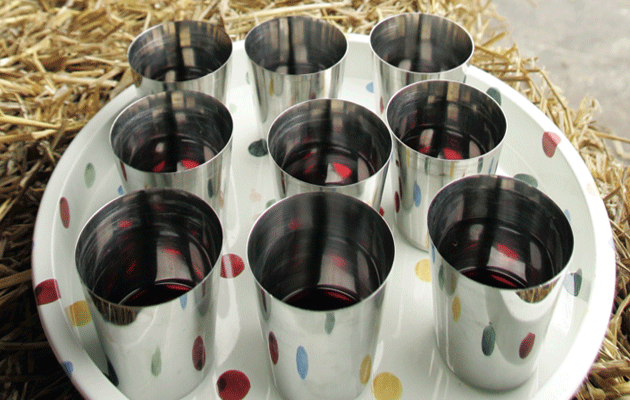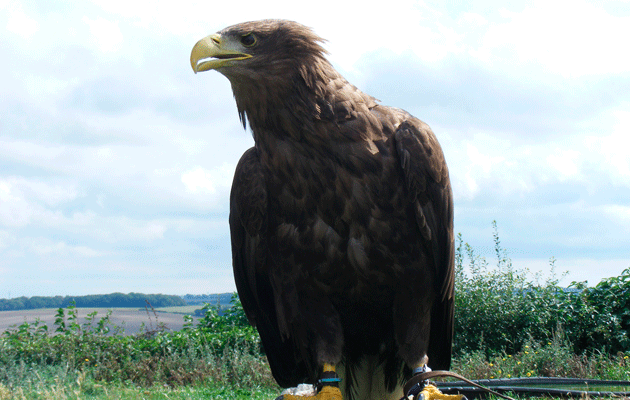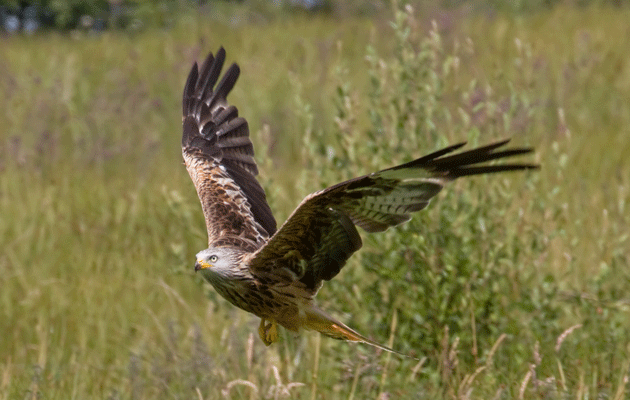Shooting isn’t the only victim of scientific bias
It's no surprise that shooting sports aren't the only victim of "right thinking" gone wrong. Scientific bias even mars scientists.

A few months ago Richard Ali, the chief executive of BASC, wrote of how innate prejudice against shooting sports can lead to scientific bias. He explained a phenomenon known as “white-hat bias”. The term was coined by an American academic, who noted how the pursuit of “right thinking” in obesity research could distort information and lead to bad decision making.
Shooting sports are sometimes affected by research trundled out by publicity-hungry academics, pressure groups or government agencies trying to prove a point. Of course, we should never forget that the same facts can be interpreted in different ways. Sometimes, scientists simply disagree. At other times, however, there is something else going on.
How some parts of the scientific establishment play along with the prevailing fashion has been illustrated in a recent news report in The Times. It concerns a type of snail found in the Seychelles. Seven years ago, a scientific paper published in the prestigious Royal Society’s journal declared that the species of snail in question had now become extinct. The cause was said to be climate change — specifically, a change in rainfall patterns in its only habitat. Naturally, some environmental groups milked this as hard as they could.
The claim was repeated in another Royal Society publication last year, which was then cited by the UN’s Intergovernmental Panel on Climate Change. Using the snail’s demise as an example, it warned: “Future species’ extinctions are a high risk because the consequences of climate change are potentially severe, widespread and irreversible.”
Well, guess what? Last month the wretched snail was found, alive and happy, in its native habitat. Worse, for the Royal Society if not the snail, it turns out that seven years ago, when the erroneous extinction claim was first published, four other scientists had predicted that the snail was still around. These four, led by Clive Hambler of Oxford, pointed out that proper searches had not been made, wrong methodology had been used, and the change in rainfall had been exaggerated. Hambler and his colleagues concluded: “We predict ‘rediscovery’ when resources permit.” How right they were.
But here’s the thing: Hambler and co had written a rebuttal paper and submitted it to the Royal Society at the time. But that august body refused to publish it at the time, saying it had been rejected following a full review. (This is the process whereby other scientists, acting as independent referees, are allowed to examine an unpublished paper and check its assertions and reasoning.)
Believe it or not, the Royal Society has now admitted — get this — that the referees who had rejected the dissenting scientific paper were the very same ones who had passed the original paper wrongly claiming that the snail was extinct! Forget white-hat bias — this sequence of events looks positively black-hat.
You might have thought that the Royal Society was now hanging its distinguished head in shame. But it has reportedly refused yet again to publish the dissenting paper, sniffing that it is seven years old. It seems the Society may only deign to look at a resubmission providing it is rewritten “to include new or additional information”. Sheesh!
Hambler and his co-authors refuse to revise their paper, maintaining that it is accurate. And the “rediscovery” of the snail seems to make the same point rather eloquently, I would say.
How many wildlife or environmental scares have been based on similarly flawed research? We can only wonder. We all have a tendency to believe what we want to believe, and scientists are only human. Unfortunately, bad news is what sells.
As somebody once said: “Truth rides on the snail’s back, while falsehood flies with the eagle”.








